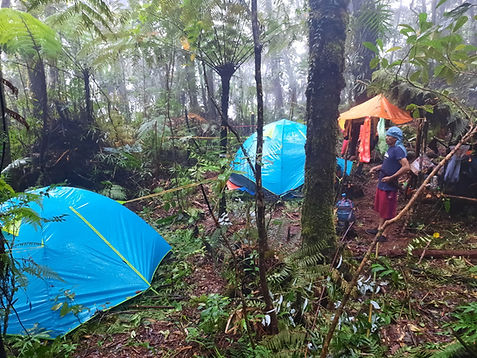Wild Negros





Wild Negros
Before we can conserve our native wildlife we need to know where it is remaining on the island and what it needs to survive. Unfortunately much of this information is lacking for the West Visayan Big 5 and so we decided to go out and investigate ourselves. This includes recording locations of remaining populations of each species through; identifable signs of the animals (calls, sightings or secondary marks in the environment), by using remote camera traps to capture footage of these species at a location, and by talking with the community about when they last saw these species.
So far we have been able to discern that the warty pigs and the tarictic hornbills are fairly widespread across the island. Both species seem very adaptable to different habitats and coping with human encroachment. However we cannot say the same about the spotted deer, rufous headed hornbill or bleeding heart dove. These species are much harder to find evidence of, with only a few areas having confirmed populations of the deer and doves but no confirmation of the rufous headed hornbill.
Our community engagement has also highlighted the perceptions people have about these species. The warty pigs are seen both as a food resource (free pork) and as a pest for small scale farmers due to the destructive nature of pig foraging techniques. This has left the warty pig vulnerable to persecution by humans and is the primary reason why conservation of the species is needed across the island. The birds and deer are considered to be desirable pets but are predominantly affected by the changing habitats as people look to increase personal space for farming and livelihood schemes.
Additionally to the search for these elusive and endangered species, our assessments of Negros Island are helping to reveal the state of the remaining forest and natural habitats on the island. We hope to find locations where good quality habitat is remaining, even if these species are not present, so that we can continue to protect the site and restore the animals with captive bred individuals. Habitat loss is a major threat to ALL wildlife across the globe and on Negros it is no different. We have active areas where we can restore habitats through reforestation of native trees, but this takes a long time before the habitat can be used by the native animals that need it. Therefore protecting the remaining wild habitats that we find is a priority for the protection of all Negros biodiversity.
